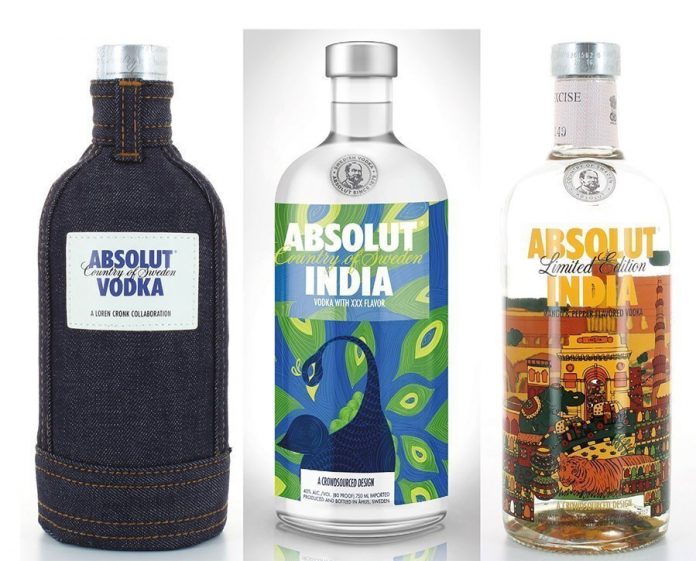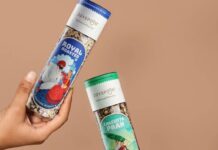
Plagued with FOMO (fear of missing out), millennials are the best known impulsive buyers. The fear of not having something that everyone has, or missing out on an experience makes them shopaholics and spendthrifts. There is a constant need to fit in, to have unique possessions to flash. The simultaneous desire to be cool while standing out may stretch their finances, but it doesn’t act as a deterrent. This is unlike their parents who tend to balance the lasting use value of their possessions with their vanity and slightly more occasional flash. Taking advantage of these traits, brands know which strings to pull when it comes to making profits from Generation Z.
A market strategy likely to attract socially pressurised millennials is that of limited edition products. The exclusivity and limited availability of these products makes them attractive and irresistible to loyal and new buyers alike. Eye-catching packaging design and the perceived higher value of the product because of its limited availability to a specific geography, time window or season can instantly boost sales.
Absolut vodka
Absolut, the premium vodka manufacturer, is widely and wildly popular for its iconic yet plain bottle design inspired by a medicine bottle used in the 19th century in Stockholm. If it wasn’t for its simple yet unique bottle design (frequently dressed up on the shelves for the weather or presented as sculpture), the brand probably wouldn’t have enjoyed its contemporary fame. This playful dressing up of the bottle and the bouquet of flavors that the contents are available in, communicate the joyousness of a good drink.
The masterminds behind the product mold their advertisements, stories and ideas around the simple shape of the bottle making it rather iconic. The realization that using art, culture and history of a place will make an excellent promotion strategy for location-specific products has inspired interesting bottle designs that are bound to win a local’s heart. Absolut frequently releases limited edition bottles with catchy graphics depicting the local culture and flavor of the place where it is being sold.
In June 2015, Absolut released its first limited edition product for India. The graphics on the bottle was designed by Shaheen Baig from Mumbai and it depicted the rich culture and heritage of the country. The vibrant orange, mustard and green hues reflected the warmth and liveliness of Indian culture while resonating the mango and pepper flavor of the product inside the bottle.
Apart from location-specific bottles, the brand also releases year-end limited editions in the spirit of the New Year. The unique design of the bottle and the brand’s ideology make it an instant success among the youth. In addition, the brand does not shy away from sensitive issues and uses its packaging to spread awareness among its young consumers. In October 2009, the brand released a limited edition bottle with no label on it to protest against the prejudice and labels forced on the people of the LGBTQ community.
Starbucks coffee
The winner of millennial hearts, Starbucks knows how to woo its target audience better than any other brand. The coffee shop chain speaks the language of millennials – social media. Starbucks has more than 17 million followers on Instagram and a quick scroll through its page makes it clear – it’s saying all the right things to attract its target audience.
The holiday season is just one of the times of the year when Starbucks brings out limited editions cups. In December 2018, Starbucks released limited edition Christmas coffee packaged in red and green cups to add to the holiday cheer and increase sales. The brand encourages customers to tag their page in the photos they take. The clichéd Starbucks Instagram photo has become a mandatory thing to do when people visit the coffee shop (‘pic or didn’t happen’). Finding out about the limited edition product from friends, coffee drinkers surrender to their FOMO and rush to experience it – a marketing strategy Starbucks has been using without fail.
Pepsi
Pepsi knows how to boost its dying sales by embracing the trends of Generation Z – whether or not it is a Pepsi generation. In 2018, Pepsi released limited edition cans reprising the former glory of pop singers like Michael Jackson, Ray Charles and Britney Spears. At first it was assumed that the brand was looking at an older audience but as it turns out, the new cans were meant for younger people with a taste for retro and iconic objects. The cans feature the faces and signature dance moves of singers in blue and red of Pepsi. The Pepsi campaign plays on the nostalgia of better days by bringing to mind the former glory of singers and the popularity of the product in the 80s.










